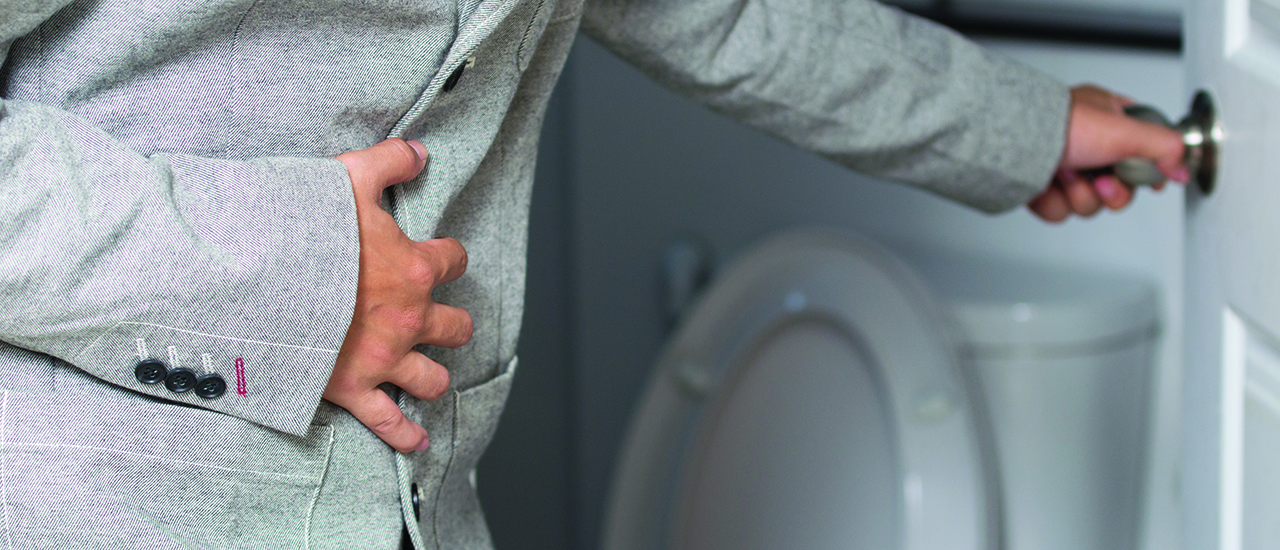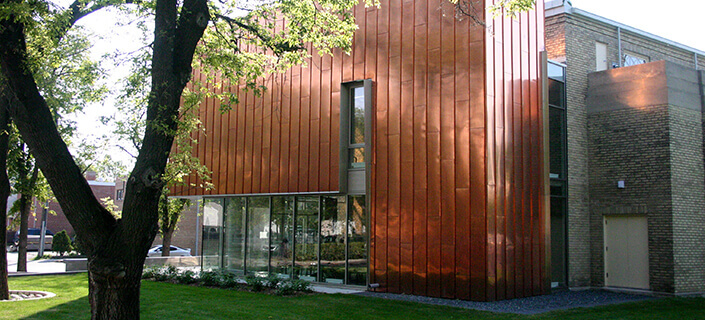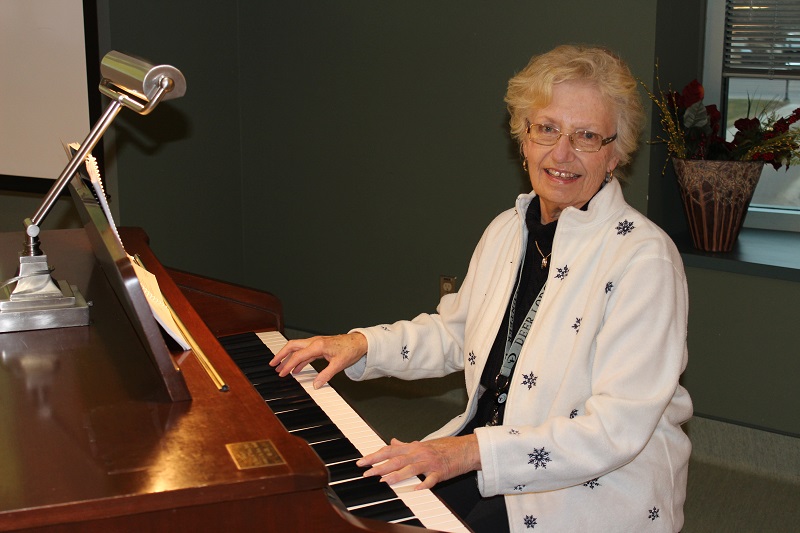
Pelvic floor muscles that are weak, tight or loose may be the culprit behind frequent urination. Lifestyle changes and a visit to a physiotherapist may bring all the relief you need.
By Lindsay Mykes
They’re the hardworking muscles nobody wants to talk about. In fact, nobody really thinks about them until they stop doing their jobs. They’re the pelvic floor muscles, stretching between your legs from your spine to your pubic bone. They support many of the organs of your groin, including your bladder, prostate (for men), uterus (for women), and rectum. If you’ve been experiencing pain or discomfort in the lower back, pelvis, genitals and anus, need to pee too frequently, or have problems with gas, constipation or diarrhea, your pelvic floor muscles may be the culprit.
The muscles of the pelvic floor, also known as the Kegel muscles, can become loose or weak with age. Heavy lifting, straining on the toilet, chronic coughing and high impact exercise can also take their toll on pelvic floor strength. So too can pregnancy and childbirth.
Maintaining or regaining pelvic floor health may be as simple as adopting the suggestions in our sidebar (below right). But you may also need professional help.
The pelvic professionals
If your doctor thinks your pelvic floor may be the cause of your problems, he or she may refer you to an Internal Pelvic Physiotherapist (or pelvic floor PT) for treatment. You can also choose to seek one on your own. (They don’t require a doctor’s referral, although your health insurance provider may.)
An internal pelvic floor physiotherapist can improve your health, reduce pain and discomfort, and help you regain control over how your body functions. They can also help clients rehabilitate after surgery for prostate or colorectal cancer.
“We are often meeting with clients when they are at their most vulnerable,” says Jamie Wheaton-Donaldson, head internal pelvic floor physiotherapist at Prota Clinic in Winnipeg.
Many of her patients are understandably shy at first when it comes to opening up about bathroom habits, describing genital pain, or submitting to an exam as part of their therapy. But there’s nothing to be embarrassed about. “We have heard it all. There is almost no condition or complaint we haven’t helped treat before. And if for some reason what you’re experiencing is actually unique, then we are open and eager to hear about it and find a way to help you.”
Aside from embarrassment, people with pelvic floor problems sometimes hesitate to seek professional help because they think they can strengthen the muscles at home by doing Kegel exercises, which involves rapidly contracting and relaxing your pelvic floor muscles. (You can feel these muscles whenever you stop the flow of urine mid-stream, although doing so risks damaging your bladder.)
While both men and women can benefit from Kegel exercises, they may not be the answer—especially if your pelvic muscles aren’t too weak, but too tight, which happens almost as frequently but can be a more complex issue to treat.
“In these cases, Kegels can make the problem worse,” says Wheaton-Donaldson. “A tight muscle isn’t a strong or well-coordinate muscle, so it can still cause leakage and even contribute to pain.”
The bottom line? It’s always a good idea to get checked out by a professional to identify the true cause of your pelvic floor problem.
All physiotherapists treat the pelvis, so be clear when booking an appointment that you’re seeking someone with special training in internal pelvic therapy. And be clear about whether you are seeking an appointment for a man or a woman. Each requires a different approach, and while all pelvic floor PTs have been trained to treat women, only some have the necessary training to treat men.
What to expect from your first visit with an Internal Pelvic PT
All clinics are unique, but at Prota Clinic, you can expect a one-hour assessment appointment that includes:
- A discussion, including your medical history
- An external body evaluation
- An external genital exam of sensation, skin and connective tissue
- An internal exam (vaginal and/or ano-rectal) to check for pelvic floor muscle control (i.e. contract and relax, strength, endurance and flexibility, just like a PT assesses any other part
of the body)
Treatments include some or all of the following:
- Hip/pelvis stretching, strengthening, posture exercises
- Home program
- Bladder/bowel training
- Pelvic floor exercises
- Evacuation strategies (better bathroom habit = better pelvic floor health)
- Abdominal treatments (like massage)
How to maintain pelvic floor health
(Surprise! It’s not about Kegels!)
- Sit to void (standing to pee is not always best practice)
- Try not to go pee overnight
- Voiding every 2-3 hours is normal (if you are going more or less, it might be time for a check in)
- Drink small sips to add up to 6-8 glasses of water per day
- Limit alcohol (which makes you pee more frequently) and caffeine (which makes you pee more frequently and can reduce the amount of urine your bladder can hold)
- Try to establish a routine to move your bowels in the morning after breakfast and coffee
- Be physically active 3-5 times per week
Recent News

Embracing Hope: The Impact of DLC’s Movement Disorder Clinic

Winnipeg Jets Parkinson’s Disease Awareness Game!

